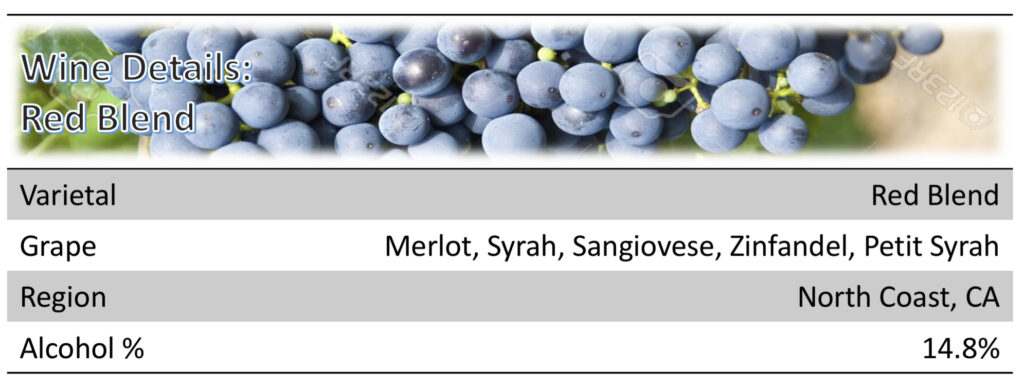Other Notable Red Varietals
While DOMSOM provides only a deep dive into the most popular and prolific reds, there are thousands of other notable whites we highly encourage you to try! Let’s take a quick glance at a few favorites: Sangiovese (Chianti), Carmenere, and Syrah / Shiraz.
Carmenere:
While Cabernet Sauvignon is gaining in popularity, Carmenere remains “the” red wine of Chile. Wine makers typically allow the grape’s ripe, black fruit flavors to shine through with herbal and spice flavors balancing nicely with its high acidity and tannin levels. These flavors and aromas need time to mature making warm, sunny, long growing seasons ideal for the varietal. When not allowed to properly ripen, wines can become unpleasantly herbal. Many high volume, food-friendly Carmener wines can easily be found on the US market, but high-quality, ageable wines are worth discovery.
Sangiovese (Chianti):
Italy’s most prominent red wine, labeled Chianti or Brunello di Montalcino after the region and sub-region in which they are grown, this grape is world-renowned for easy drinking table wines to powerful, complex, tannic, powerhouse wines which will only get better with age. Its popularity is on an upswing in the US with California and Washington state proving the perfect climate for Sangiovese to shine. Dry, high acidity, and red fruit forward, this is a top pick for any tomato based Italian dish.
Syrah / Shiraz:
Another big, powerful wine with bold flavors of black fruit (plum, cherry) and plenty of spice from liquorice to black pepper softened by earthy herbs. While originating as a coveted Old World wine from the Rhone Valley in France, this varietal is gaining fans due to great wines coming out of California (San Joaquin, San Luis Obispo, Sonoma, Monterey and Santa Barbara). Australia, where the varietal is called Shiraz, competes for some of the spicy, big wines highlighting the power of this varietal.
Red Blends:
Red wine varietals are amazing on their own. Winemakers love red varietals for their strong characteristics making them great wines to drink alone or to pair with food. Many winemakers choose to blend multiple red grape varietals together to create unique styles of wine which cannot be achieved by any single grape. Often referred to simply as “Red Blends”, U.S. wine laws (covered in Module 4) allow a small percentage of blending even in wines labeled as a single varietal. For example, a wine labeled a California Cabernet Sauvignon needs to only be 75% Cabernet Sauvignon! Winemakers are required by law to list the content of each varietal on the wine label so consumers know exactly what they are getting in each bottle. Blends give winemakers complete creative license to make the exact style of wine they desire. Pure wizardry!

As we have now covered the most well-known white and red wines, let’s move on to the DOMSOM guide to tasting red wines. The Principles of Wine Tasting: Red Wine chart walks you through the 6 S’s of wine tasting, with descriptors more indicative of red wines than the chart for white wine tasting. The list is not exhaustive as there are many other tasting notes unique to specific varietals which are not included. Have you ever heard someone claim a red wine has a “band-aid” aroma? Sounds crazy, right? It’s actually quite descriptive when a wine has been in contact with a specific yeast, brettanomyces (brett), also considered a wine fault. Brett can impact both the aroma and taste of the wine. Not everyone loves it, but once you have experienced it, you will know exactly what you are smelling!
